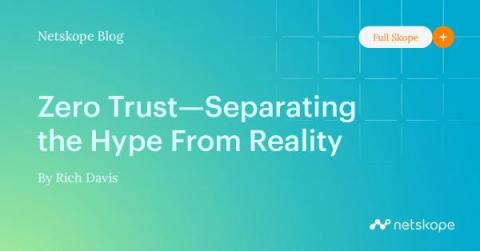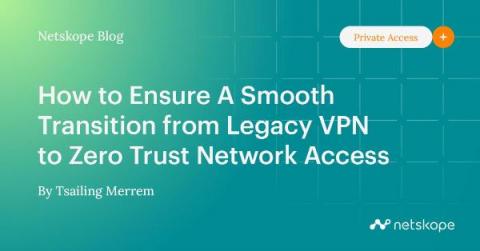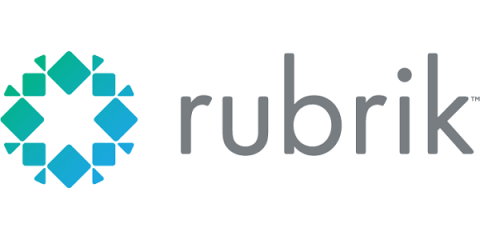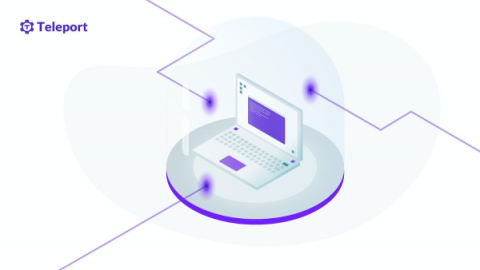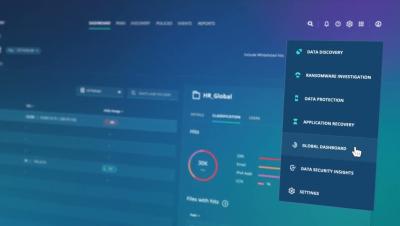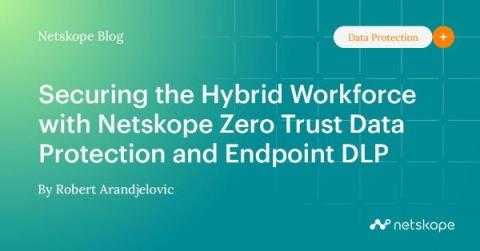Zero Trust-Separating the Hype From Reality
If it wasn’t clear already, the RSA 2022 Conference highlighted that zero trust is the conversation every technology vendor wants to have and somehow associate with their products. This week at InfoSec 2022 we are seeing exactly the same. But how should an organisation weed through the hype to understand true value? Zero trust is certainly not a new concept.


